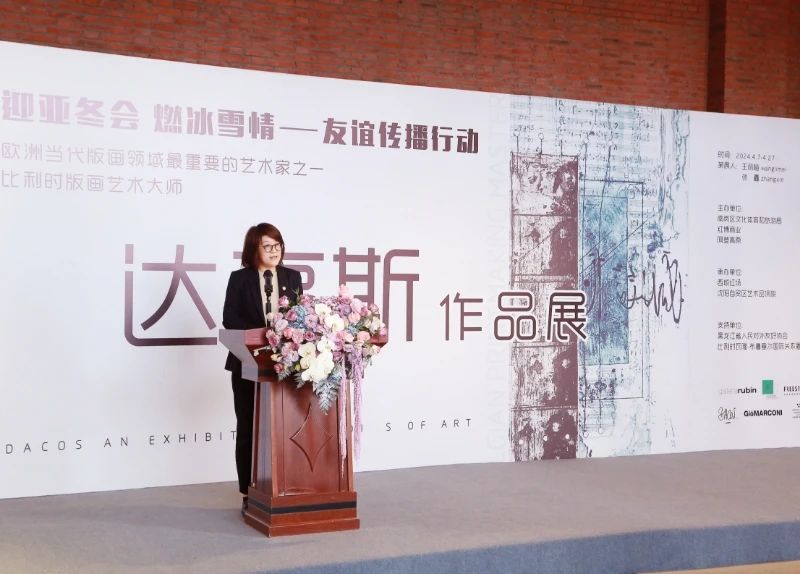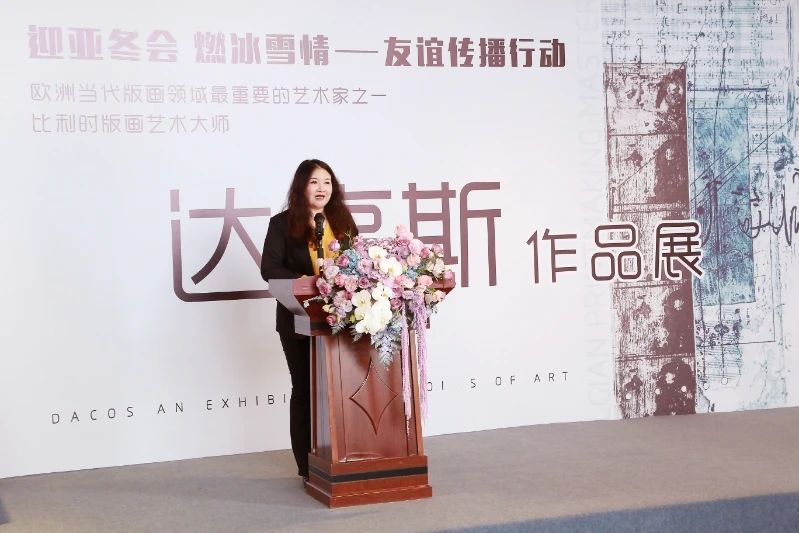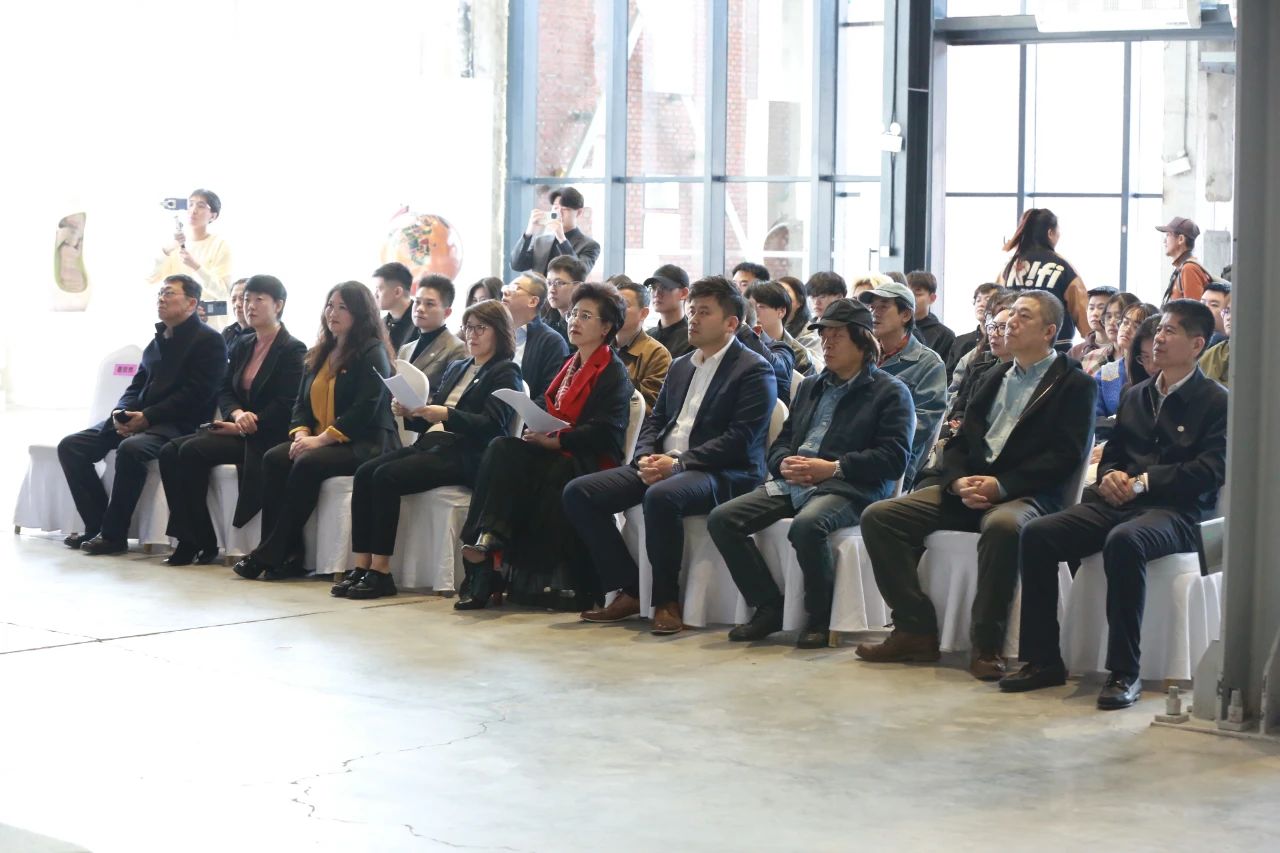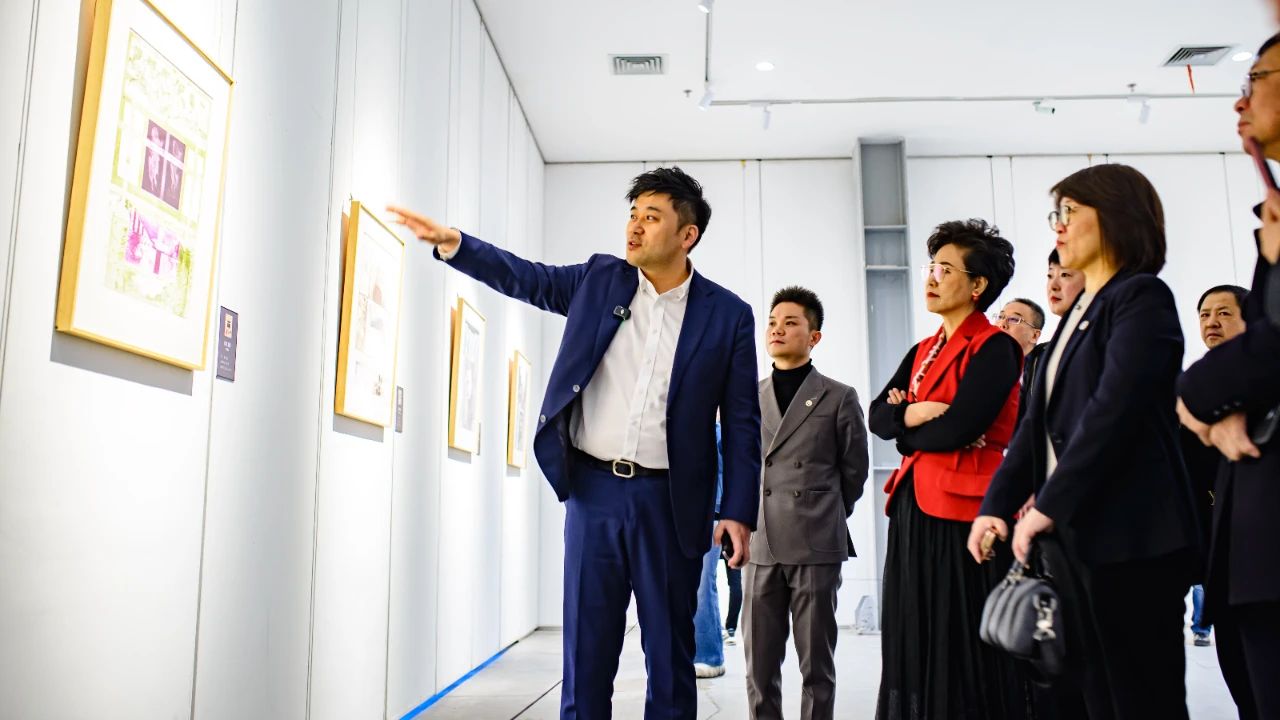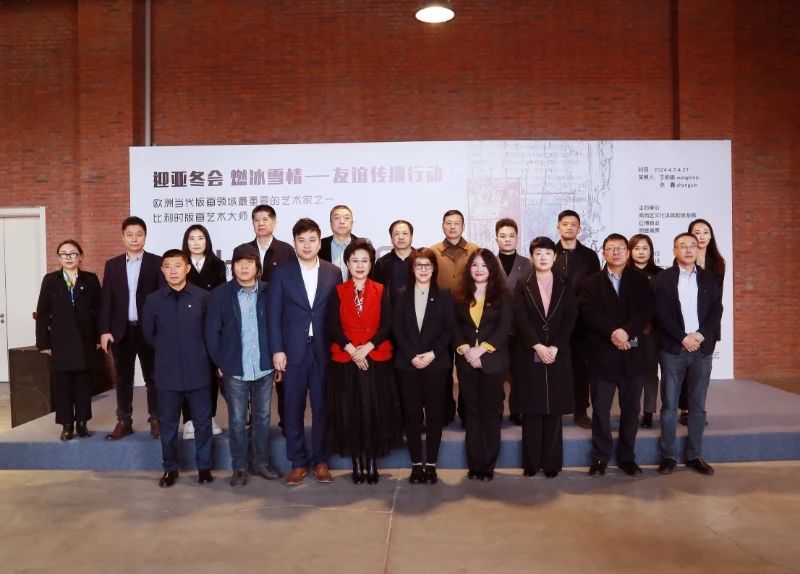On April 7th, the print exhibition of the distinguished Belgian artist Dacos will grandly open at the Red Square Art Museum in Xicheng. It will feature a collection of 70 representative prints crafted by Dacos between 1971 and 1992. Over time, the Xicheng Red Square Art Museum has been committed to recreating the genesis of artistic creation through immersive exhibition arrangements. By amalgamating art appreciation, fashionable check-in opportunities, and immersive experiences into the exhibition-viewing process, it empowers the general public and tourists to soak up the premier artistic charm hailing from Europe right in Harbin. This time around, the print works of the celebrated Belgian artist Dacos will escort us into the artistic domains of reality and poetry, abstraction and figuration, inheritance and innovation, affording us a glimpse into his passionate and zealous artistic vision. At the Red Square Art Museum, let's come together to immerse ourselves in the splendid life of artist Dacos.
About the artist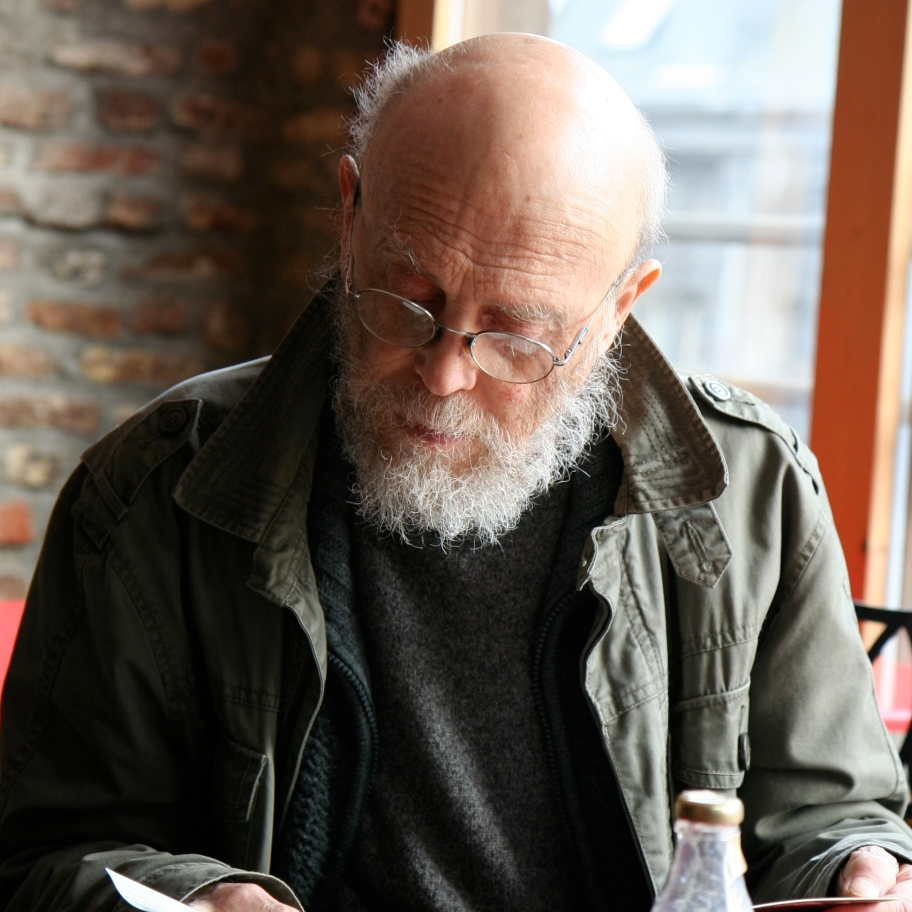
DACOS was born in Huy, Belgium in 1940. In his early years, he studied at a normal school. By chance, he developed an affinity for printmaking and entered the Royal Academy of Fine Arts in Liège to specialize in it, devoting his entire life to the cause of print art ever since. In 1961, he held his first solo exhibition in Brussels. Subsequently, he held numerous solo and group exhibitions both in Belgium and across Europe. In 1974, he became a professor in the printmaking studio of the Royal Academy of Fine Arts in Liège, remaining active in teaching, creating, as well as popularizing and disseminating print art. His works have won multiple international awards, occupying a very significant position and wielding extensive influence in academic and artistic circles. He is one of the most prominent artists in the contemporary European printmaking field. He was a diligent creator, leaving behind a vast quantity of copperplate, lithograph, offset lithograph and screen-print works after his passing. Many of these works have been exhibited and collected by numerous galleries, museums and art galleries in Europe. His creative vision was broad. He often collaborated with poets and, in the form of printmaking, combined text and images to produce art books. His uniqueness also lay in his continuous focus on major events occurring in the world we live in and his infusion of profound humanitarian sentiments into his works through a unique visual language.
Appreciation of the works on display
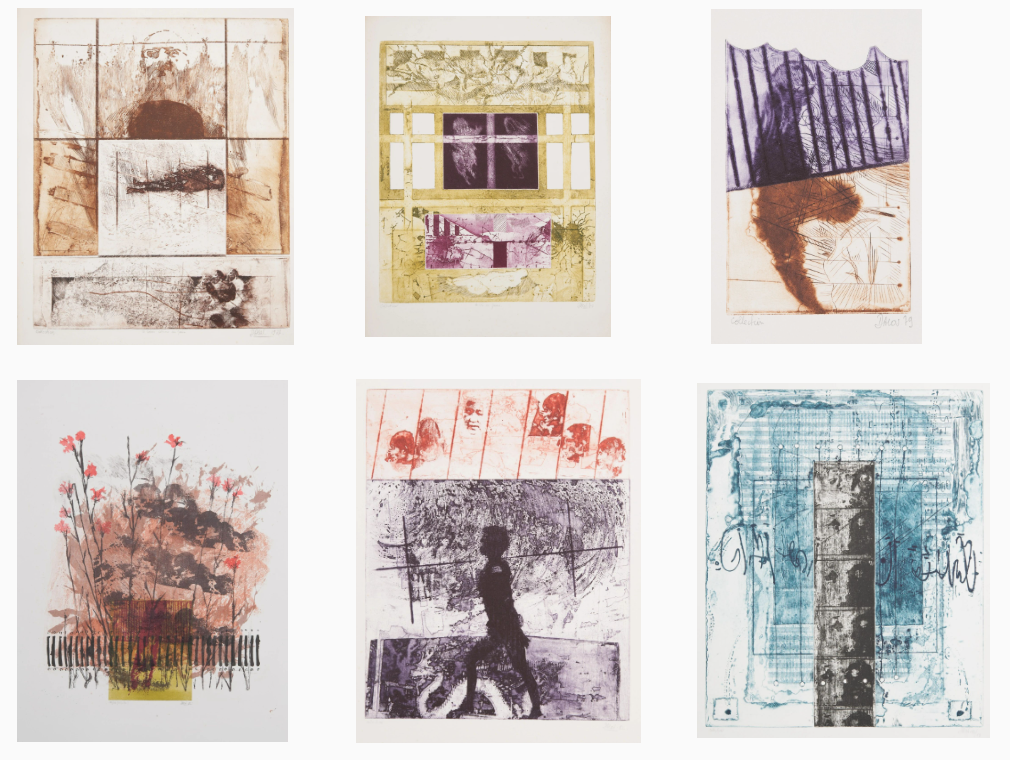
Exhibition view